C’è un mondo di bellezza diffusa in Piemonte, di storie da raccontare, di profumi e sapori da provare: 14 piccoli centri inseriti tra i Borghi più Belli d’Italia, 34 premiati con la Bandiera Arancione marchio di qualità turistico-ambientale, 5 contrassegnati dalla Spiga Verde per lo sviluppo rurale sostenibile. E in tutta la regione un patrimonio di oltre mille Comuni sotto i cinquemila abitanti, custodi d’arte, natura, storia, enogastronomia e della “tipicità” come modello di vita da gustare con tutti i sensi.There is a world of widespread beauty in Piedmont, of stories to tell, of scents and flavors to try: 14 small towns included among the Most Beautiful Villages in Italy, 34 awarded the Orange Flag tourist-environmental quality mark, 5 marked with the Green Ear for sustainable rural development. And throughout the region a heritage of more than a thousand municipalities under five thousand inhabitants, custodians of art, nature, history, food and wine and “typicality” as a model of life to be enjoyed with all the senses
The most beautiful villages in Piedmont
Gathered and human-scale atmospheres, harmony of scents, lights and spaces: these are Italy’s Most Beautiful Piedmontese Villages, leaders in authenticity and traditions. Orta San Giulio, in the Novarese area, amazes with its Island and Sacro Monte 400 meters from the lake shore, slate roofs, high basilica bell tower, and gardens.
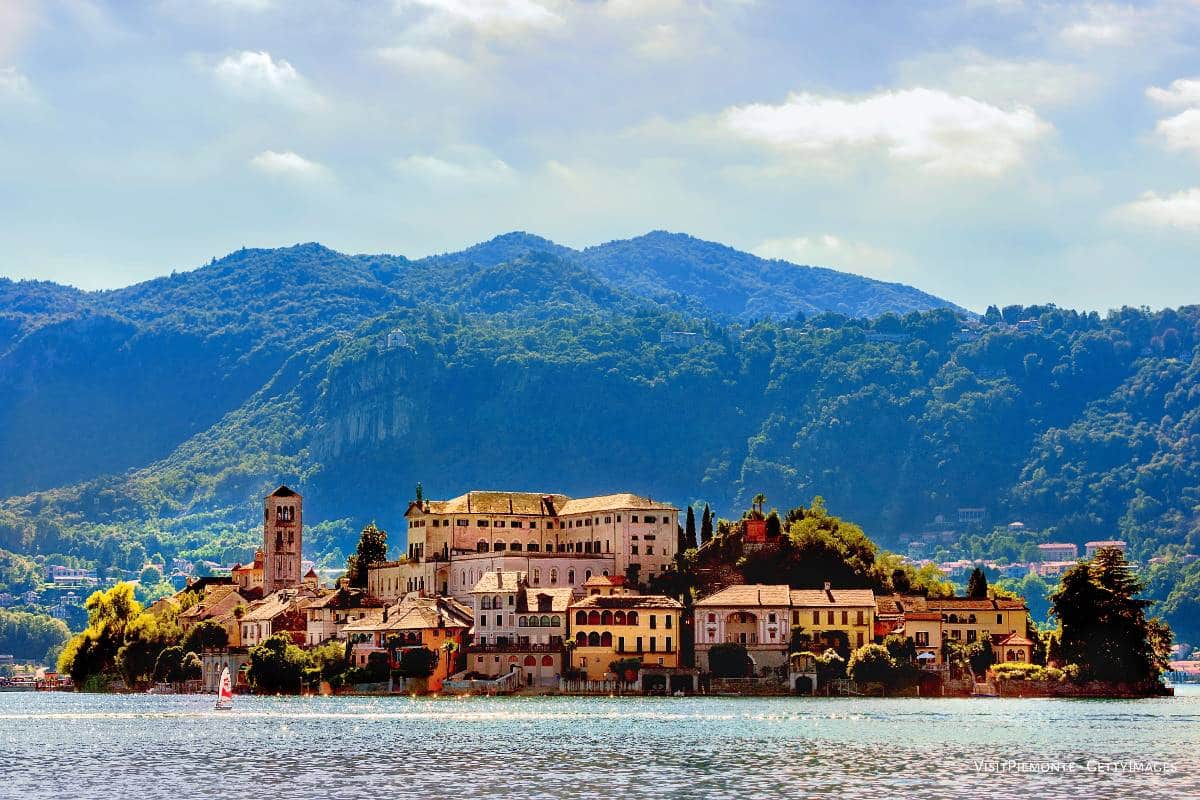
– Orta San Giulio –
Vogogna in Verbano, set in green mountain landscapes between Lake Maggiore and Lake Orta and in the Valgrande National Park, Italy’s largest wilderness area. Its narrow alleys, stone houses with wooden balconies convey a magical tranquility, with rich historical evidence including the Visconti Castle with the Chiseler Museum.
The Ricetto of Candelo, near Biella, represents an almost unique case of preservation of a fortified medieval structure.

– Ricetto di Candelo –
In the province of Alessandria: Volpedo, home of Pellizza da Volpedo – a great artist who lived between the 19th and 20th centuries – boasts a charm of ancient agricultural vocation. Cella Monte, nestled in the hills of Barbera, Grignolino and Freisa, has among its attractions the famous “Infernot” – elements of the UNESCO Langhe-Roero and Monferrato wine landscape – dug into the sandstone to store the most prized bottles. Garbagna, a village of medieval origin, bears the strong imprint of nearby Liguria and is home to the eponymous cherry, a Slowfood presidium.
Astigiano, on the other hand, presents its recognized beauties between Cocconato and Mombaldone. The former, scenic and immersed in a lush landscape, famous for robiola cheese, enjoys a “Riviera del Monferrato” microclimate; the latter is a medieval jewel with details to be discovered and woods rich in mushrooms and truffles.
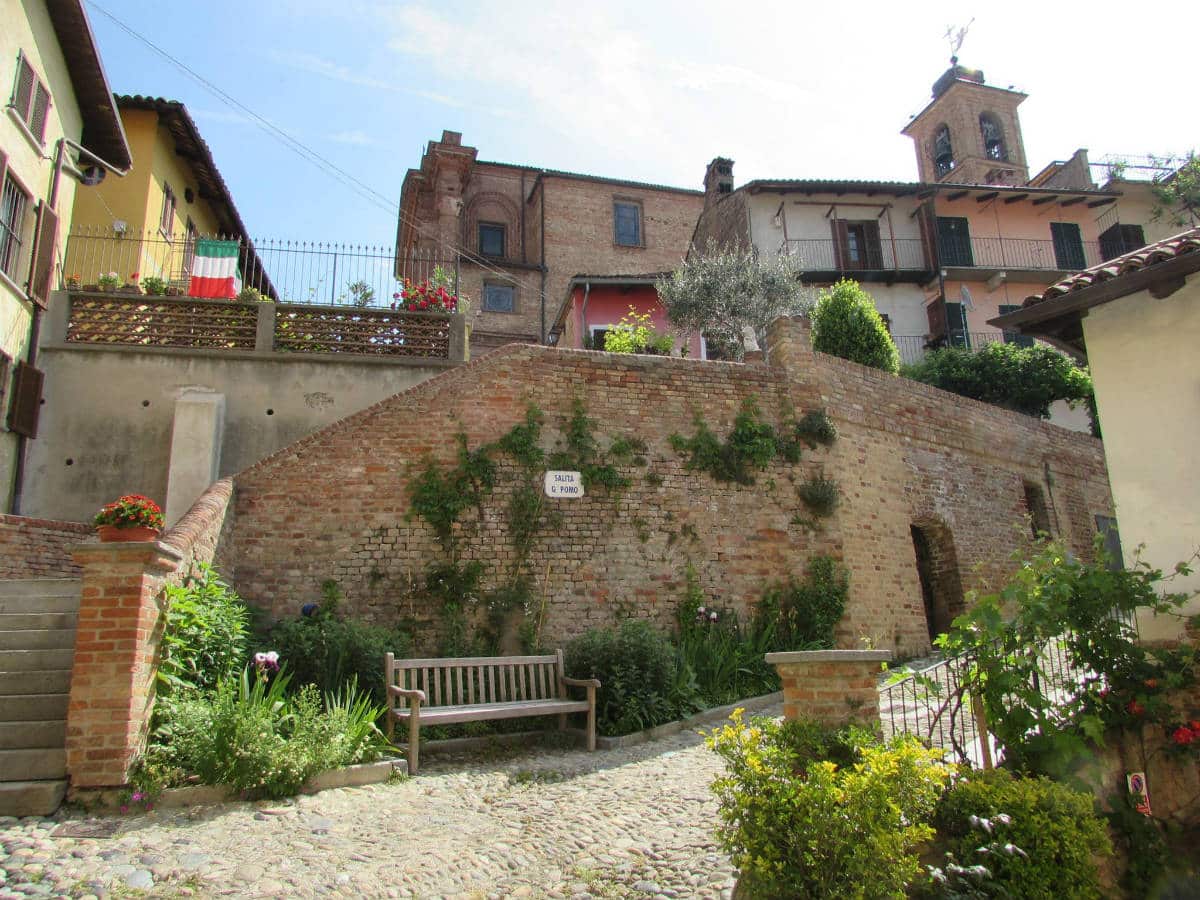
– Cocconato, foto del Comune –
In Garessio, in the Cuneo area, you can already smell the sea, amid historical evidence, dozens of trails and a ski resort from which you can see the Ligurian Gulf. Monforte d’Alba, the heart of UNESCO World Heritage wine landscapes, boasts a carefully enhanced historic center, as does Neive, perched among vineyards of Barbaresco, Moscato d’Asti, Barbera and Dolcetto d’Alba and the kingdom of hazelnuts.
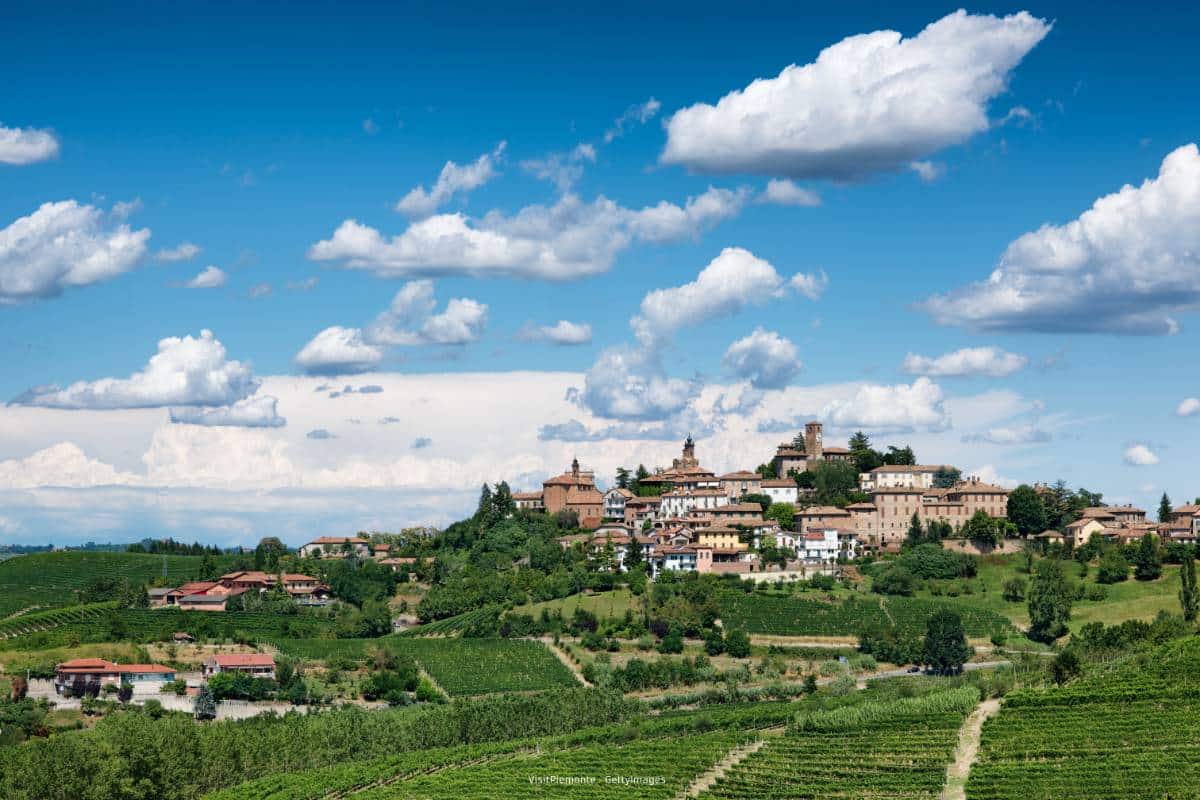
– Neive –
Located on different slopes on the slopes of Monviso, Ostana and Chianale jealously preserve Occitan language, cuisine, traditions and architecture. A few valleys to the north, the village of Usseaux consists of 5 alpine villages and is famous for its painted sundials.

– Chianale, foto di Claudio Giovanni Colombo –
Piedmont’s Orange Flag Villages.
Not only cultural and historical heritage but also tourist-environmental quality: these are the excellent inland villages marked by the Italian Touring Club’s Orange Flag. In Piedmont, the aforementioned Candelo, Cocconato, Monforte d’Alba, Neive, Orta San Giulio, Usseaux and Vogogna as well as 26 other small towns can boast it. In the province of Turin: Agliè, from the famous Ducal Castle; Avigliana, with its two lakes; Fenestrelle, from the fortress known as “the great Piedmontese wall”; Usseglio, a mountain resort in the Lanzo Valleys and home to winter sports and the Alpine pasture cheese fair. In the Alessandria region: the Roman Bene Vagienna; Gavi, home of the mighty fortress and land of Cortese DOCG vineyards; Ozzano Monferrato, with its tuff cellars known as “Infernot.”
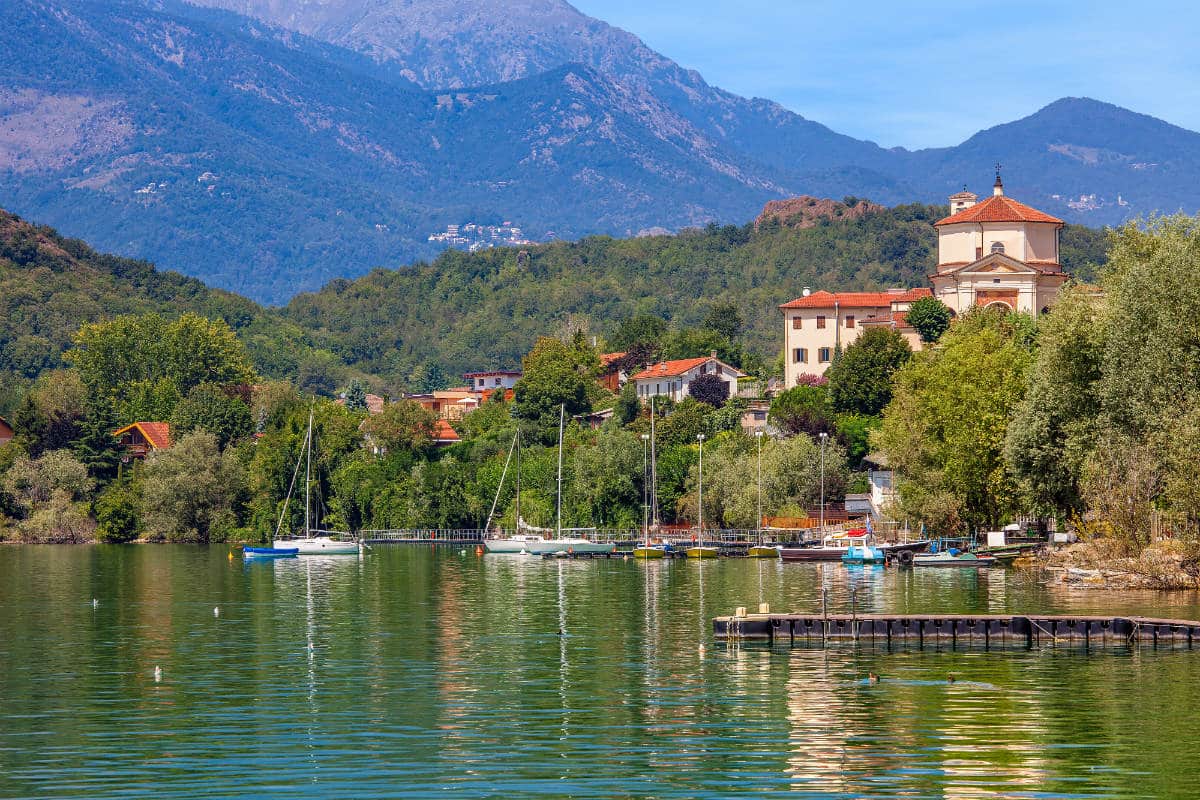
– Avigliana, foto di Rostislav Glinsky –
In the province of Asti: Moncalvo, center of important churches, historic buildings and artistic evidence. Dense patrols of the villages of Cuneo and Verbano-Cusio-Ossola. In the heart of the Langhe and UNESCO World Heritage wine landscapes: Barolo, Grinzane Cavour, Guarene, La Morra, Bergolo; Cherasco with its beautiful Baroque buildings; the mountain towns of Chiusa Pesio, Entracque and Limone Piemonte.
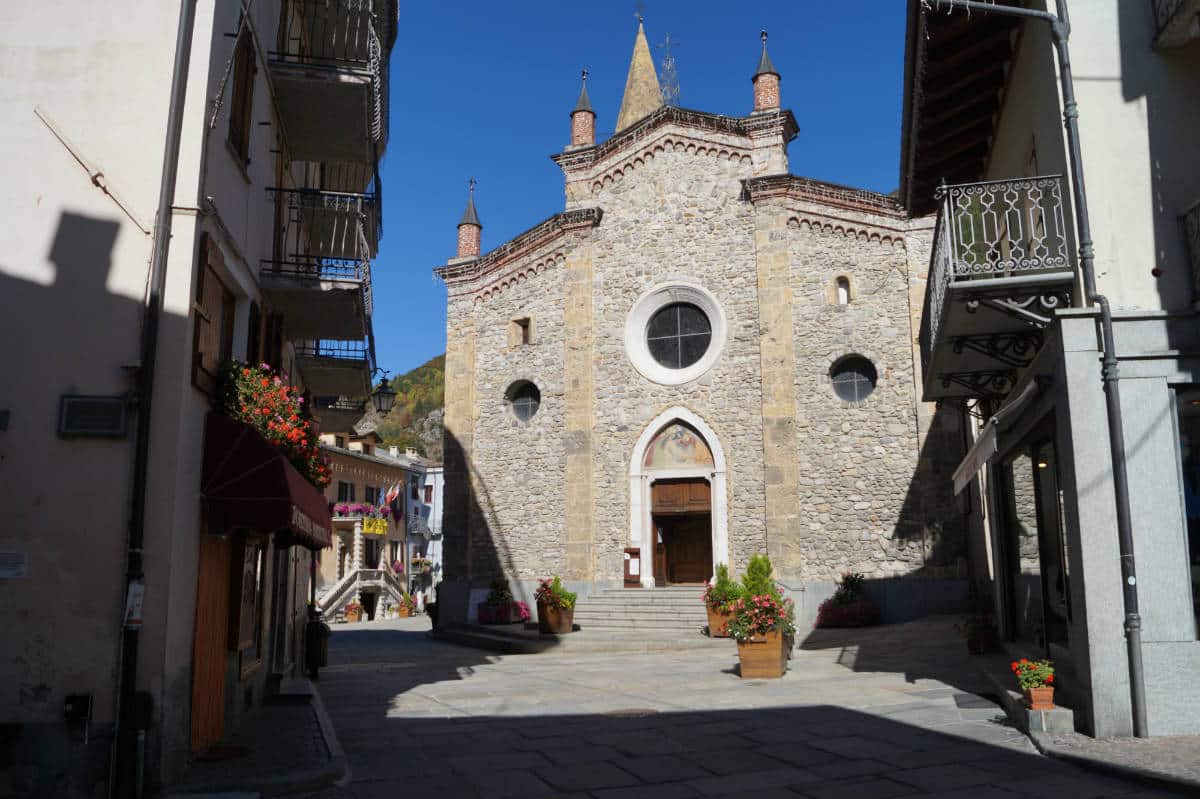
– Limone Piemonte, foto di Guido Pettavino –
In the second group: Arona, Cannero and Cannobio on Lake Maggiore, rich in natural beauty and scenery; Malesco, Mergozzo, Santa Maria Maggiore in the picturesque Ossola Valley. In the Vercelli area: Varallo Sesia, with the extraordinary Sacro Monte; Alagna Valsesia and Macugnaga, custodians of the ancient Walser culture; and Fobello, included in the Alta Valsesia Park, with important traditions and natural beauty.
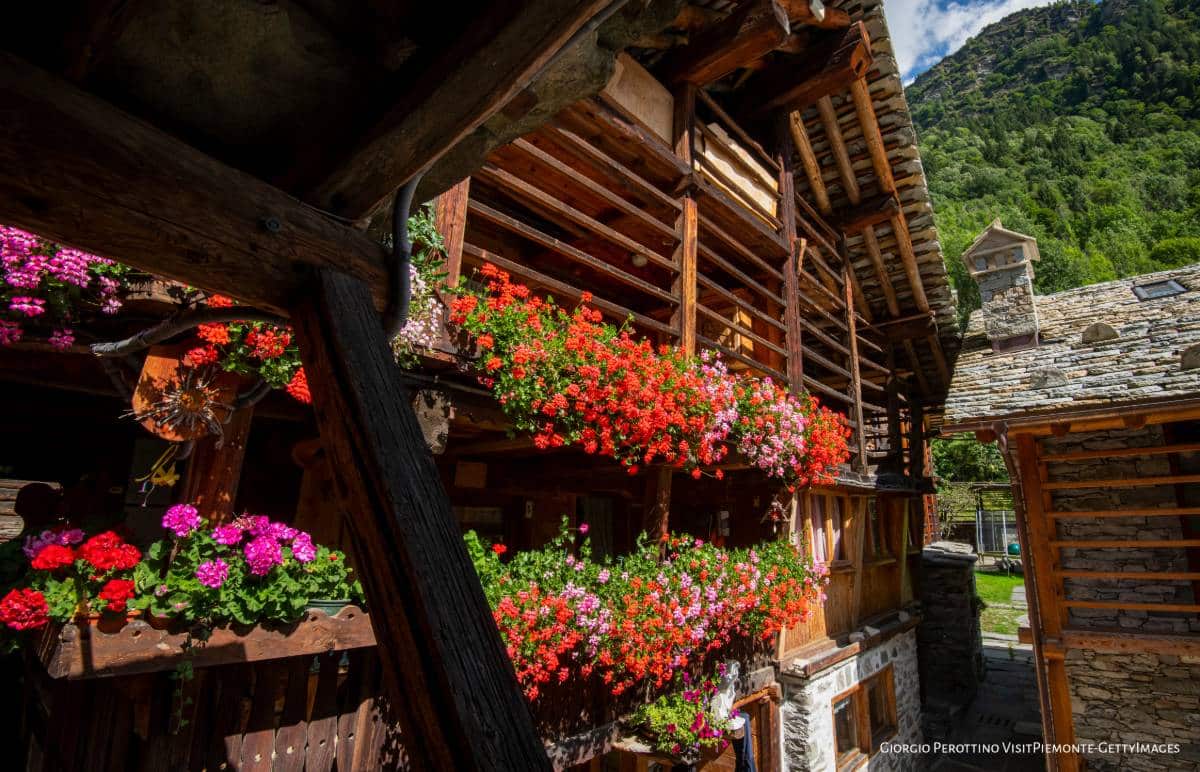
– Alagna Valsesia –
Piedmont’s “Green Spikes” Villages.
The Spighe Verdi award is given by the Foundation for Environmental Education and Confagricoltura to Italian localities distinguished not only by the quality of their tourist offerings but also by sustainable rural development and accessibility. It has been awarded to the aforementioned Monforte d’Alba (CN) and Volpedo (AL) but also Pralormo, in the province of Turin; Santo Stefano Belbo and Canelli in the province of Cuneo, fine wine-growing areas immersed in UNESCO landscapes.
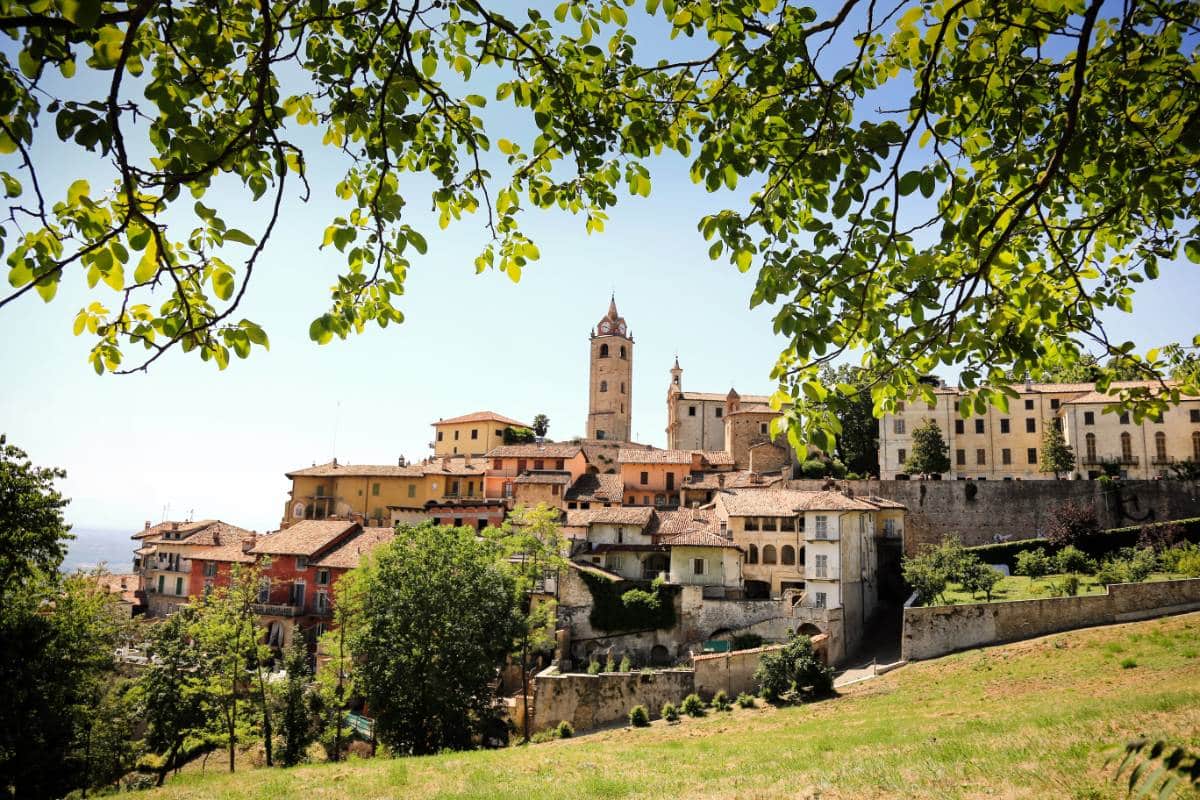
– Monforte d’Alba, foto di MikeDotta –
Villages and food and wine, treasures of autumn
In Piedmont’s villages, among typical trattorias and Michelin-starred restaurants (there are 46 throughout the region) you can taste real autumn treasures. Just follow the aromas of vines and woods; of truffles, mushrooms, grapes, peppers, chestnuts and hazelnuts. The quality of the products is great: the inimitable White Truffle of Alba; rice grown in the largest rice fields in Europe, between Biella, Novara and Vercelli; PDO artisanal cheeses such as Castelmagno and Toma, Robiola di Roccaverano Raschera, Murazzano, Ossolano and Gorgonzola; and the over 370 Traditional Agri-Food Products.
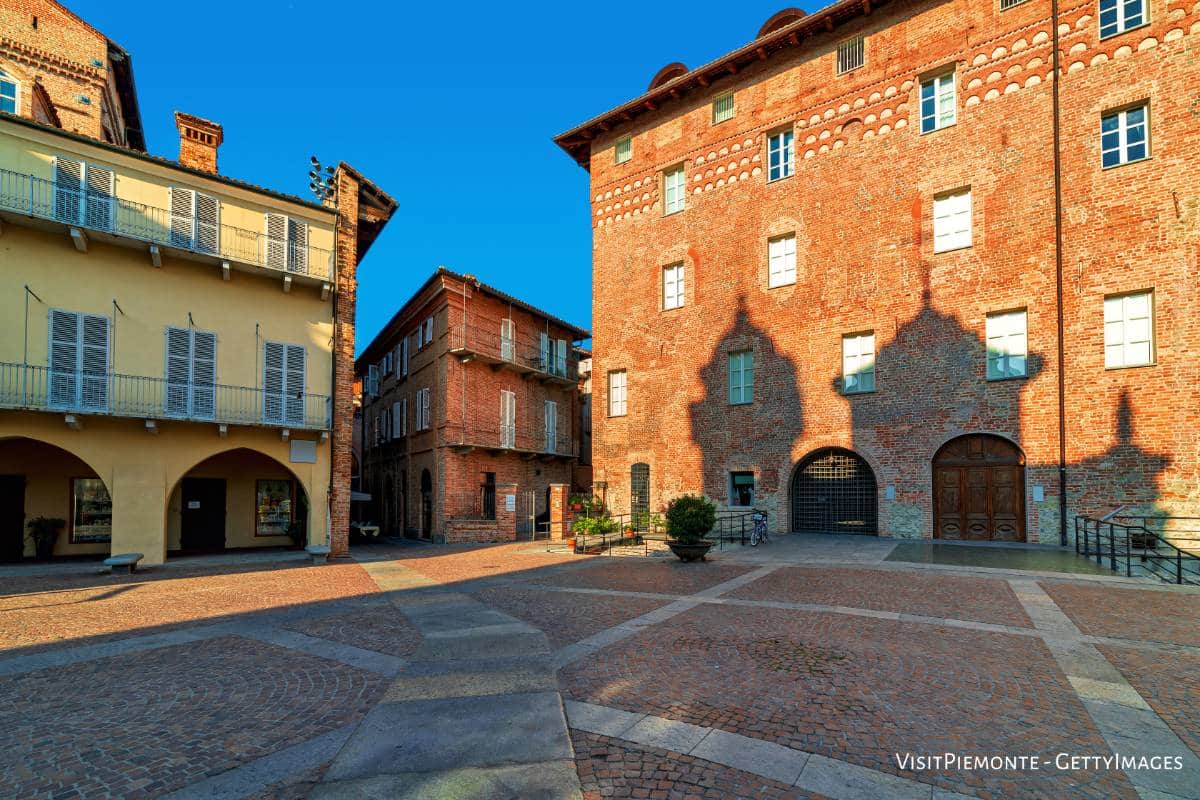
– Alba –
Eighteen thousand wineries where you can discover Piedmont’s wine heritage of 17 DOCGs and 42 DOC (many produced in the UNESCO “Viticultural Landscapes of Langhe, Roero Monferrato”), such as the noble reds Barolo and Barbaresco or the whites Arneis and Moscato d’Asti.
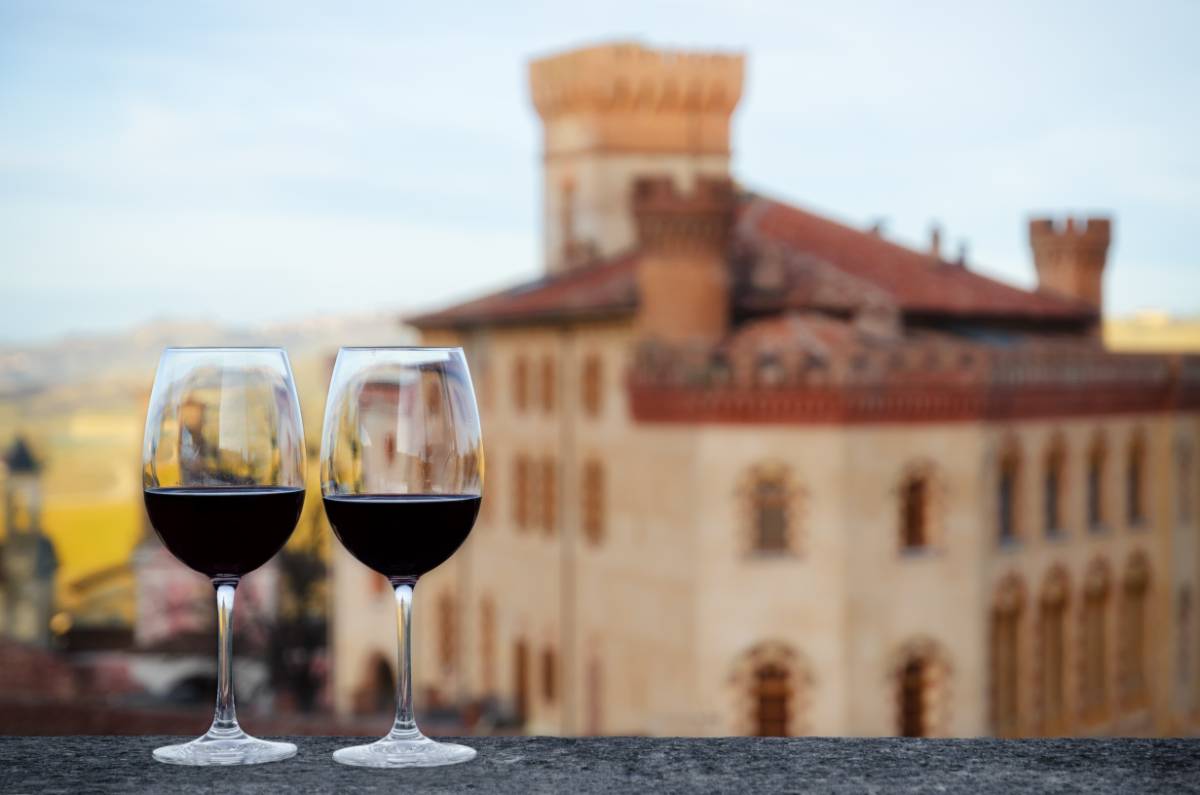
– Barolo, foto di Alessandro Cristiano –


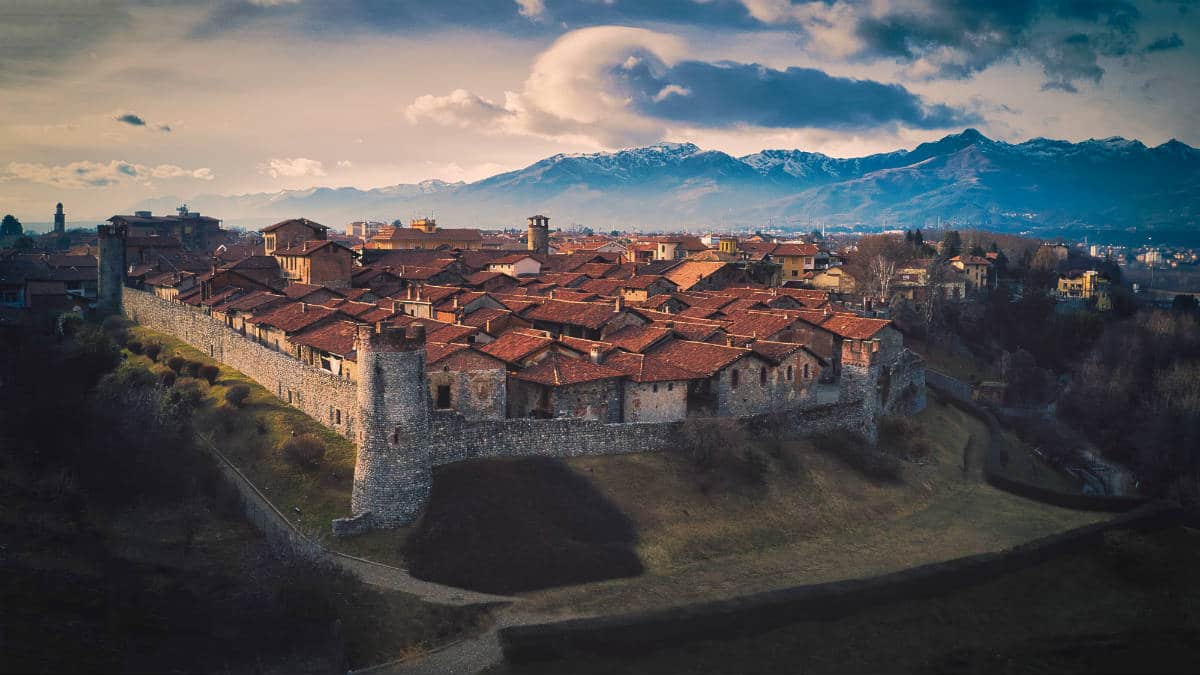
0 Comment